By Jean Andrews
Physics & Astronomy
Some of the best sunsets senior Joe Fradette (B.A. Physics, 2020) has ever seen were part of his classroom experience at telescope facilities on Kitt Peak in Arizona.
“I was there as a student in Dr. Ryan Chornock’s Observational Astrophysics course,” Fradette said. “I learned to operate a giant 1.3-meter telescope and conduct an experiment. This trip was a fantastic experience.”
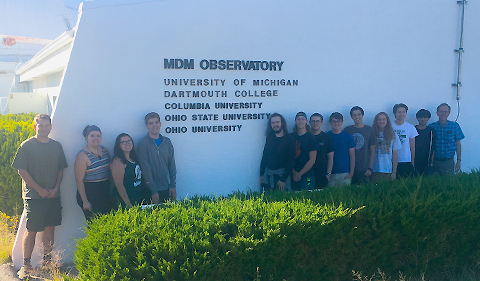
From left: Dr. Ryan Chornock, Laura Herzog, Huei Sears, Joe Fradette, Andrew duLuard, Peter Williams, Gavin Shaw, Jacob Franz, Sam Fehringer, Kevin Boyd, Grant Merz, Harshil Kothari, Dr. Joe Shields. Photo: Justin Rupert.
Eight undergraduate and three graduate students enrolled in Ohio University’s Advanced Observational Astrophysics lab class set out with their professors last semester to spend a week at the MDM Observatory near Kitt Peak, a 6,316-foot (1,925 meters) mountain in southern Arizona.
The MDM Observatory is a research facility operated by a consortium of five universities including OHIO. The other institutions are Columbia University, Dartmouth College, Ohio State University, and the University of Michigan. In addition, MDM is located on a ridge next to Kitt Peak National Observatory, home to many other telescopes.
Astrophysical Institute members Chornock and Dr. Joseph Shields, astronomy professors in Physics & Astronomy, taught the students how to use the equipment and telescopes. The department co-sponsored the trip with funding assistance from the graduate students’ faculty advisers.
Class objectives for the students included learning how to use the 1.3-meter diameter McGraw-Hill telescope at MDM and designing a research activity. The graduate students also learned how to operate the 2.4-meter Hiltner telescope.
How Far Away Is this Star Cluster?
Fradette’s class project consisted of taking exposure photographs of a specific open star cluster named NGC 7044. Using photo exposures preset to a certain time length, he used data he received from the telescope and CCDs (electronic detectors commonly found in mobile devices) to estimate the distance to the star cluster. Once Fradette returned to the Physics & Astronomy computer room in Clippinger Labs, he used IRAF, a standard professional astronomy software, to refine the values given for each star in the photographs. Plotting the data and comparing it to published source data for a similar star cluster, Fradette then estimated the distance of the star cluster in question.
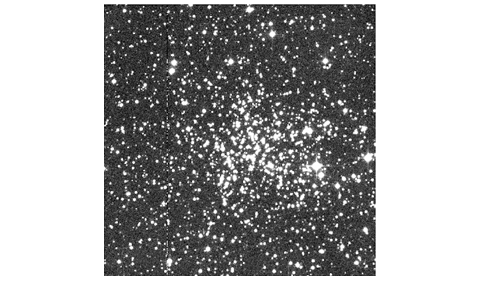
Fradette’s final image in the B and V filters of the open star cluster NGC 7044, located in the Cygnus constellation, approximately 3.2 kilo parsecs (10.3 kilo light years) from Earth
“One thing about the project that was surprising to me was the amount of prepping that was required for our experiments. I expected I would just turn on the computer and point the telescope at my object, but we needed to put liquid nitrogen in the bottom of the scope to supercool the CCD. We also needed to take twilight flats (calibrations to remove the imperfections of the detector) before dark, and then after sunrise the next morning,” he said.
After the students returned to Athens, they spent a great deal of time converting the raw data taken at the telescope to actual calibrated scientific measurements. Chornock was pleased with the students’ results, which they presented at the end of the semester as both written research papers and in the format of a mock oral presentation session of an American Astronomical Society meeting.
“As part of their assignment, students created their own projects and produced observing proposals just as professionals do for their research,” Chornock explains. “At the same time, it’s always cool to watch students use an actual scientific facility to work on their projects and discover a few surprises. Laura detected the presence of a planet around a star by measuring the dip in the light of the star as the planet passed in front of it, for example. Other students studied properties of stars and observing what makes up galaxies and nebulae. The ability to take data from a modern research-grade facility in person was a key part of the process. It’s fun stuff!”
A Night Sky ‘Both Beautiful and Inspiring’
As part of the trip, the group took daytime guided tours of several of these other facilities to compare and contrast different designs for telescopes constructed over the last 50 years on the mountain. A highlight included visiting McMath-Pierce Solar Telescope on Kitt Peak.
One of most rewarding aspects of the trip for Chornock was to see how invested the students became in ensuring the success of their projects.
“The clear Arizona air provides a night sky that is both beautiful and inspiring,” he said. “One of the highlights of teaching at Ohio University is teaching this class because I get to interact with students on a real-world basis. The stars become the classroom.”
Editor’s Note: Joe Fradette provided photos, unless otherwise noted.


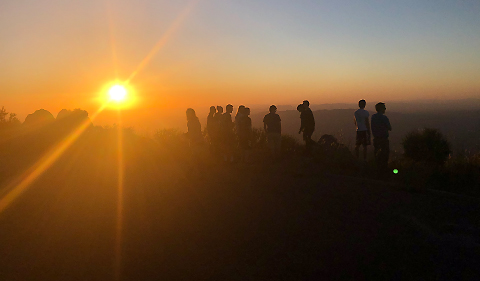
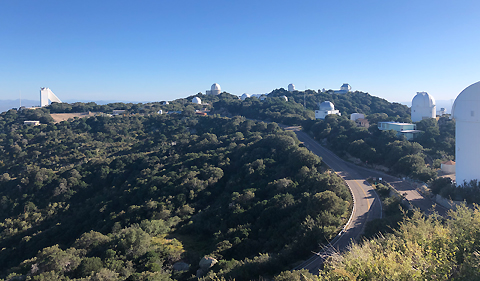
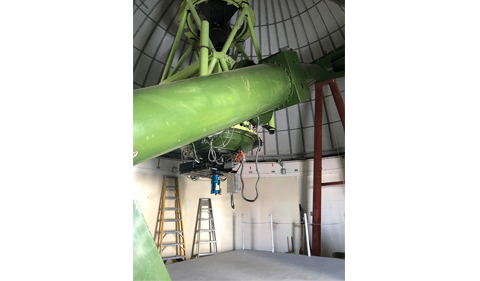
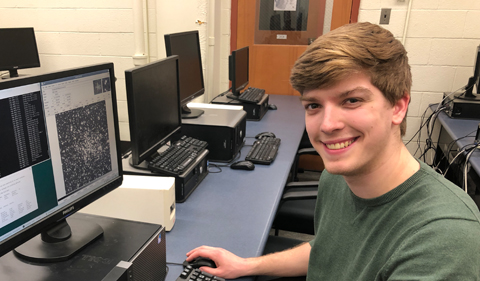
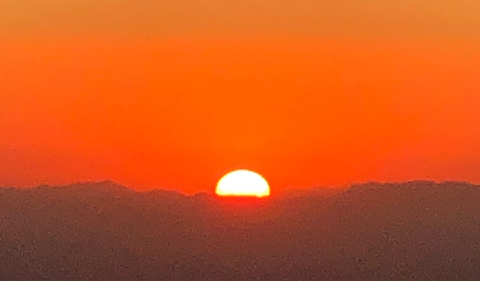
















Comments